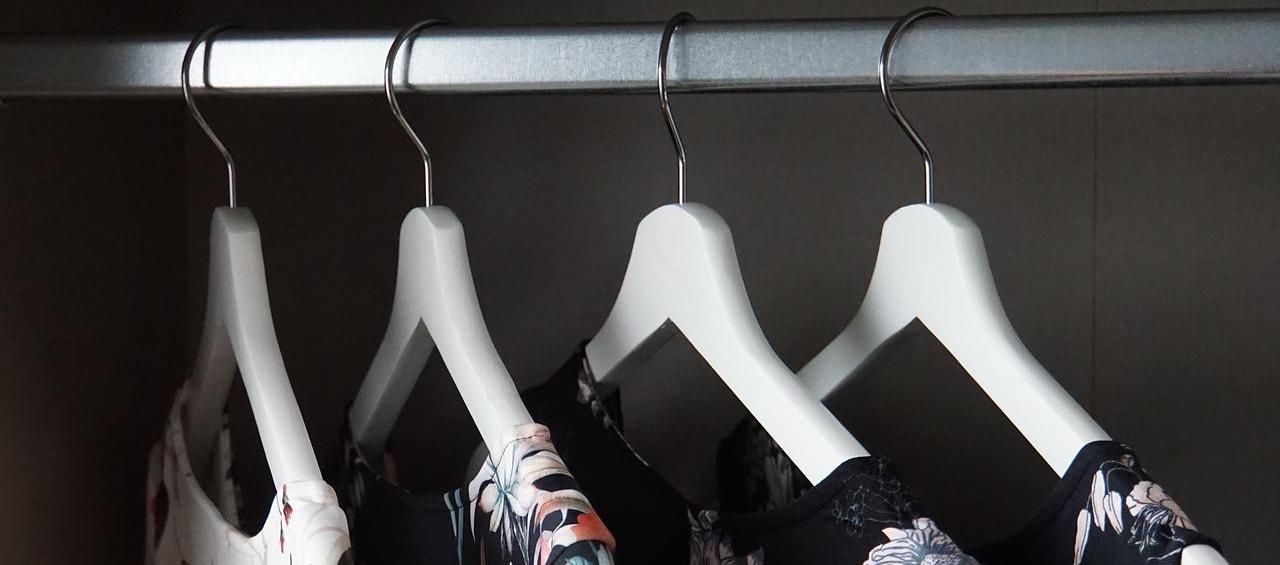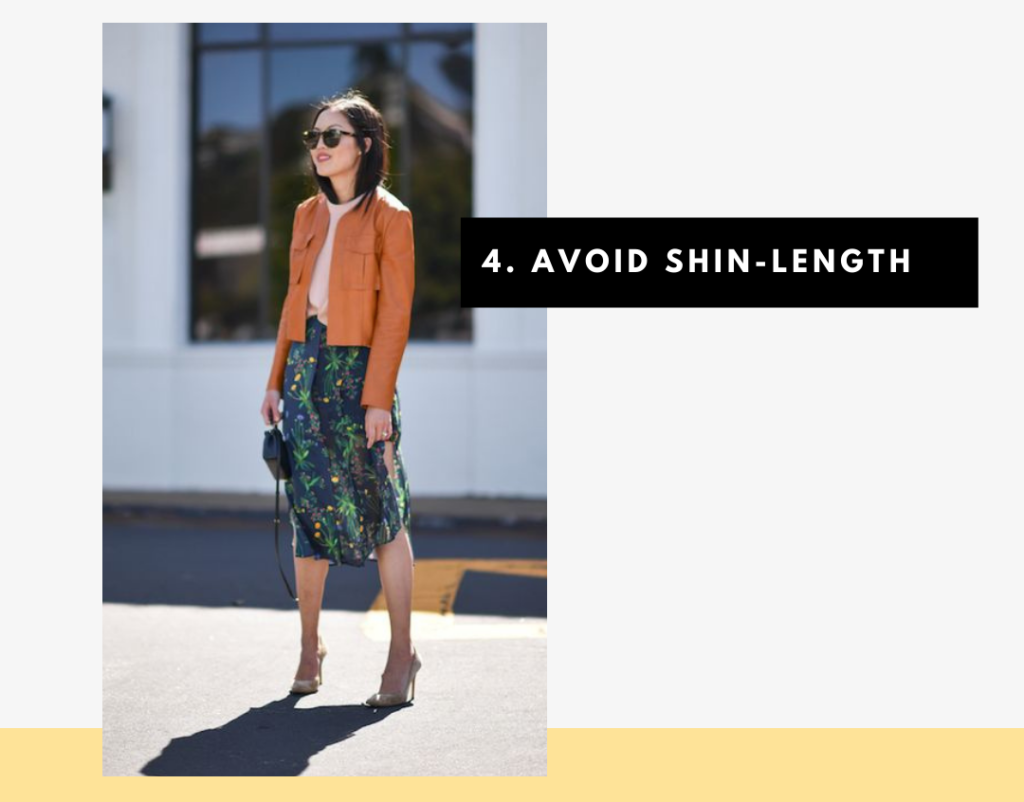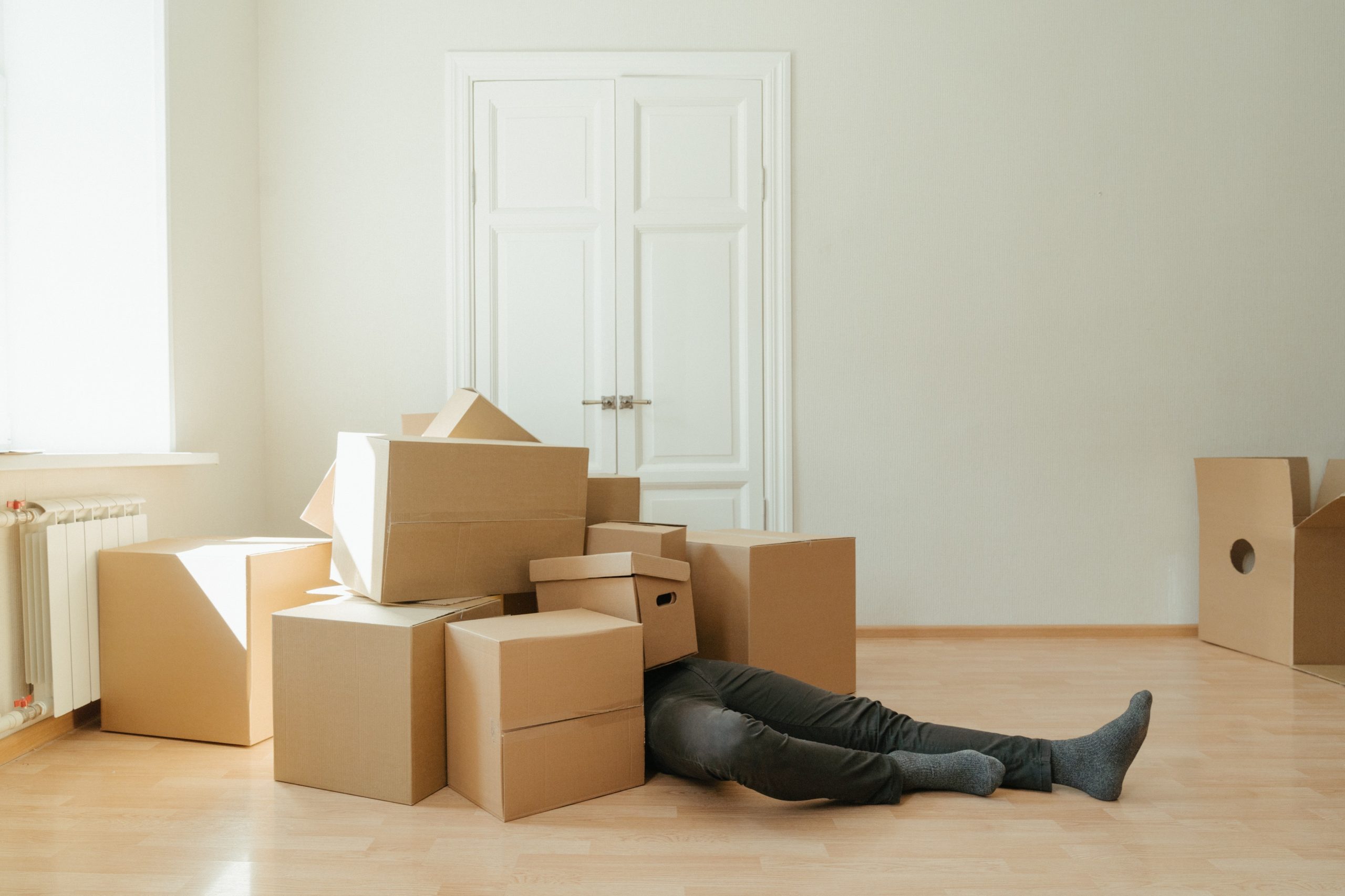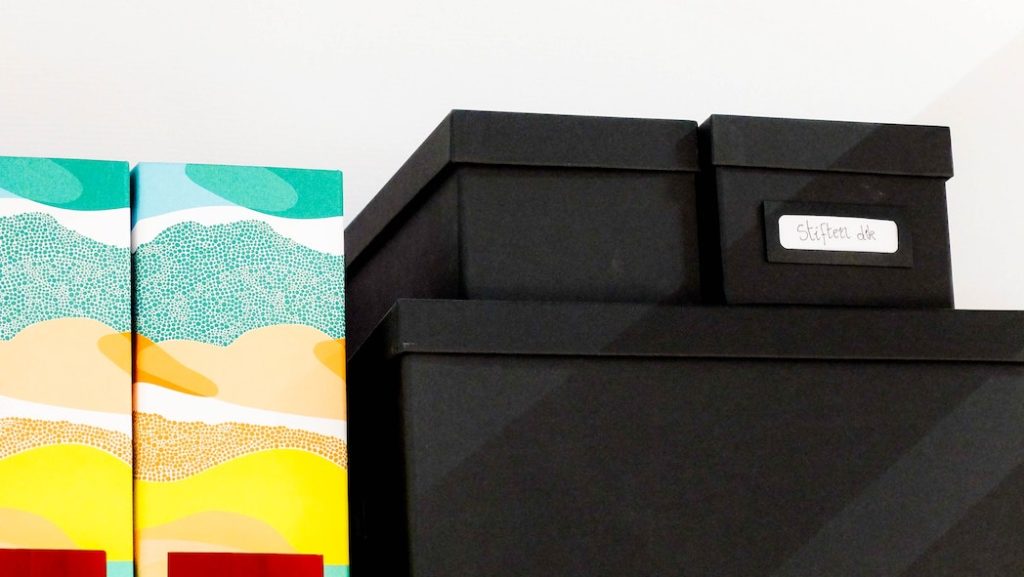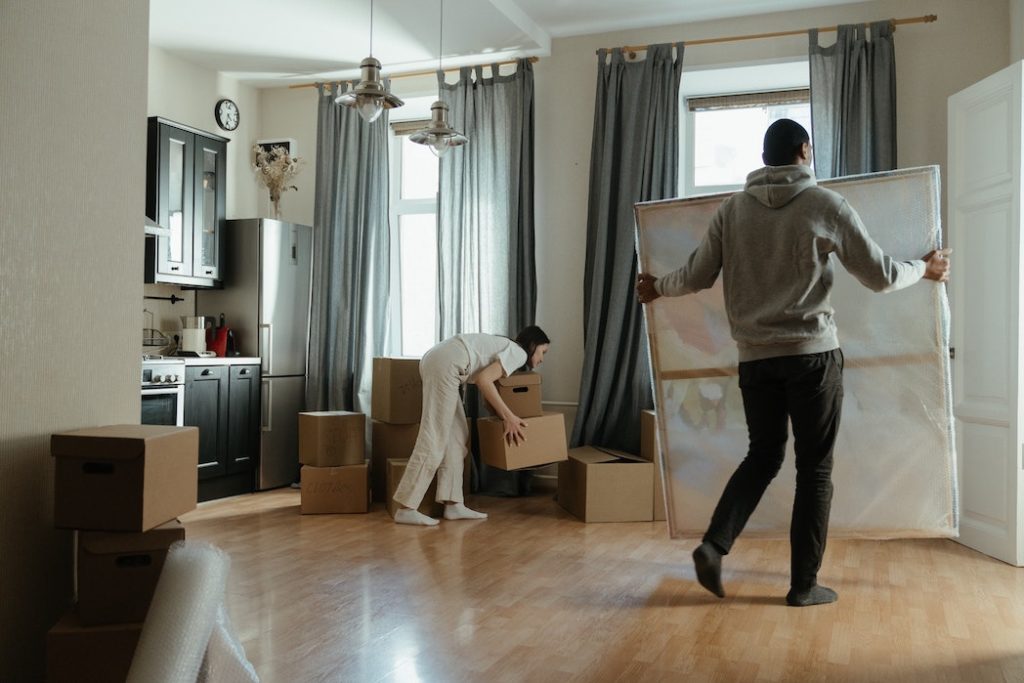Room-by-Room Steps for Decluttering

Each room of the house is different, and is thus decluttered in a different way. However, the basic steps for removing clutter remain consistent no matter which part of the house you’re in:
- Empty the space completely.
- Find a spot for each item one-by-one.
- Get rid of each item that has no place in the home.
Removing clutter from the space before putting items back one at a time is important for two reasons.
First, it’s important to see what the bare space looks like. This puts into perspective just how much clutter has accumulated in the space, and gives you something to strive for when putting items back.
Second, it’s important to go through everything one at a time because it encourages you to analyse which items are needed, and which ones are not. As you follow this room-by-room guide, keep these basic steps in mind.
Items to look for during the room-by-room decluttering process include: scraps of paper, things that are broken, items that have not been used in a year or more, clothing that no longer fits, and so on. These objects are often not needed and can be eliminated.
✔️BATHROOM
Bathrooms are small rooms that are expected to hold a lot of things. Cleaning products, medicines, toilet paper, personal hygiene products and towels are just a few of the many items that can be found in a standard bathroom.
Many pieces found in bathrooms are small, and some are quite small. Everything from bobby pins to jewelry to nail clippers can be found in most bathrooms. Often, these little objects are left loose on the counter where they contribute to an overall sense of mess and disorganization. The biggest challenge for a homeowner trying to organize their bathroom is in finding a place where all of these small, often miscellaneous items can be stored. These tips can help.
REMOVE EXPIRED MEDICINES
Sort through all medicines (including bags of cough drops and vitamins) and get rid of anything past its expiration date. Avoid dumping medicines down the toilet, especially if you’re on a septic system. Call your sanitation department, pharmacy or doctor’s office for instructions. Often, doctor offices and pharmacies will know about medicine take-back facilities or programs, where medications can be safely deposited.
INSTALL CREATIVE ORGANIZERS
One of the frustrating things about most bathrooms is the lack of organizers and functional storage space. Medicine cabinets tend to be shallow and have no mechanism for holding loose items like bobby pins and nail clippers. In some bathrooms, a lack of shelving and drawers can also contribute to the mess. The following are suggestions that can increase storage space while getting the clutter out of the way.
- Birdcage. Hang a bird cage from the ceiling to hold spare toilet paper rolls.
- Shelf over door. Install a shelf over the bathroom door to give yourself somewhere new to put some organizing bins.
- Office drawer organizer. Install an office drawer organizer in your vanity drawer, for sorting items like toothbrushes, hair brushes and combs.
- Magnetic strip. Install a magnet on the inside of the medicine cabinet door to hold the nail clippers and bobby pins.
- Tension rod. Install a tension rod or a clothes line in the cabinet under the sink, then hang cleaning bottles from it.
- Spice rack. Install a spice rack near your sink; these small kitchen accessories make excellent shelves for small items like medicine bottles.
✔️BEDROOM
The bedroom is the home’s sanctuary, which means that it should be a place of relaxation and peace. In the bedroom, clutter can affect your ability to relax and sleep well. Decluttering can improve your ability to concentrate and find happiness while you’re there. As you declutter this room, clean off every horizontal surface and ask yourself one at a time, do I need this?
MAKE THE BED, CHANGE THE SHEETS
A messy bed can make the entire room look messy, which can contribute to an overall feeling that the job is impossible. Make your bed first, then move on to do more.
START SMALL
Bedrooms can look suspiciously tidy, even when they’re full of clutter. Don’t underestimate how long your decluttering efforts will take. Start small, working in one portion of the room, and then move on when that portion has been organized.
KEEP SMALL BINS FOR SMALL THINGS
Small things tend to accumulate in the bedroom, similar to the way they accumulate in the bathroom. Watches, jewelry, hair bands, chap sticks and other little personal items are often found in the bedroom.
Most people need these things in the bedroom for convenience. You can keep these items, but to make things look tidier, invest in some small ceramic dishes, baskets, trays or drawer organizers. Keep items sorted into bins with like items, so you know which container to reach for when you’re looking for something specific.
SORT THROUGH YOUR DRESSER
Most people assume if their clothes are in a dresser instead of on the floor that it doesn’t qualify as “clutter.” However, many people keep clothing items in their dressers that they really don’t need. Sort through your dresser drawer by drawer and make the conscious decision to keep (or not keep) each piece you find.
Once you’ve removed clothing pieces that you don’t need, sort clothes by category and put them away in drawers where they make sense, keeping like items together. Keeping your dressers organized and your clothes neatly folded will help you stay organized after your decluttering efforts are finished.
Put out-of-season clothes away in a storage area like the garage or in your basement, so the only clothes in your bedroom are the ones you’re likely to wear. Keep seasonal clothes together in their own drawer, so that when the time comes to switch out one season for another, all clothes are easy to find.
Finally, give dirty clothes a place to go if they don’t have a place already, by installing a hamper somewhere in your room. Put away any clothes on the floor at night either in the hamper or in the dresser before going to sleep.
✔️CLOSET
In most bedrooms, the most valuable storage asset is the closet. When you’re decluttering your bedroom, focus on your closet. Even small closets can be critical for bedroom storage.
ASSESS EACH CLOTHING ITEM
Closets can easily get too full. Often, people will save items of clothing for years and years, only wearing those items once or twice. To declutter your closet, assess each item one by one. Ask yourself a series of questions:
- Do I wear this?
- Do I love it?
- Does it fit?
- Is it comfortable?
If the answer to any one of these questions is no, then that item of clothing can be donated.
MAXIMIZE STORAGE SPACE
Most closets have a lot of unused space. Installing shelves on the walls, and bins to place on the shelves, can help you make more use of that space.
- Install a pegboard on the wall to hold bags, hats, purses and hanging accessories.
- Use modular organizers to fill all unused space.
- Install a ladder to reach high shelves near the top.
- Install shelves on the inside of the closet door.
- Use a portable organizer on wheels to fill space, and wheel the organizer out of the closet when you need access to items behind it.
For walk-in closets, some people find it helpful to install a dresser or multiple dressers to keep clutter up off the floor.
Tips:
- When your decluttering efforts are finished, keep your closet clean by donating one or two old pieces of clothing for every new piece of clothing you buy.
- Leave yourself time; proper closet sorting may take several days, as closets can be full of many items.
- Ask someone who is not familiar with your closet to help you dream up organization solutions; sometimes it helps to have a fresh perspective.
✔️ENTRYWAYS, MUDROOMS, + FOYERS
Entryways, mudrooms and foyers are often the first thing that people see when they enter your home. A cluttered entryway makes a poor impression on visitors, and can be a safety hazard, depending on the type of mess typically found there. Ideally, this part of the house will have little furniture and few personal possessions.
ENSURE EVERYTHING HAS A PURPOSE
Sort through each item in your foyer or mudroom one piece at a time. Typical items that can be found in this location include:
- Shoes
- Coats, jackets and sweaters
- Hats, scarves and gloves
- Keys
- Boots
- Umbrellas
Sort through each item one piece at a time and remove anything that does not need to be there. Stray items have a way of collecting in this part of the house. Extra shoes, in particular, are commonly found on the floor by the door or on the shoe rack. Establish a rule that limits the number of shoes that are allowed to be on the shoe rack at any given time, then ask people to remove extra pairs of shoes to keep the space tidy.
GET CREATIVE WITH ORGANIZERS
Foyers and mudrooms tend to be small, compact spaces. Organizers can help keep these spaces functional and attractive.
- Install a shoe rack to keep shoes off the floor.
- Place a bench with storage space near the shoe rack.
- Clean any foyer or mudroom closets.
- Attach hooks to the walls; assign one hook to each person in the house.
TIDY THE FOYER DAILY
Foyers and mudrooms can get messy quick. It is this space where people usually put down their bags when they enter the house; and sometimes items placed inside the door can be left there for a long time. Assign one person in the house to tidy this part of the house every night, to remove anything that may have been left there accidentally.
✔️KITCHEN
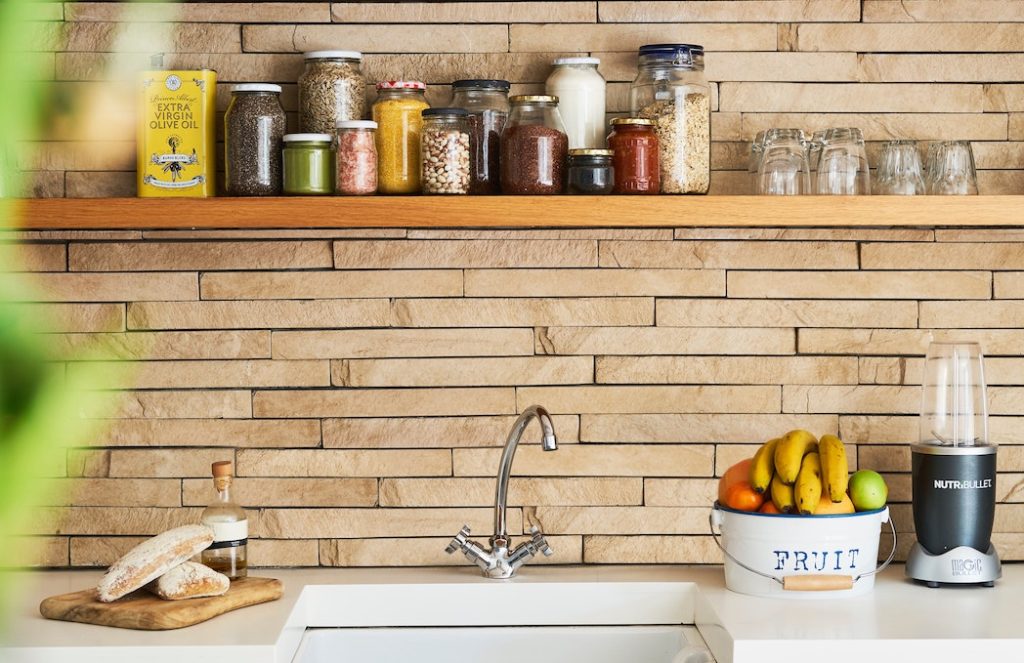
Gadgets rule in the kitchen, which means that many kitchens are full to the brim of things that people only occasionally use. Contributing to the mess is non-perishable food that people buy but then don’t need.
Over time, pantries and cabinets can become so cluttered that finding things can become difficult. This can lead to a lot of waste and can even lead to pest infestations.
GET RID OF SPARES
Kitchens are often full of “spares.” Over holidays and birthdays, people accumulate extra mugs and silverware, multiple waffle makers and casserole dishes, and so on. These extra items may come in handy on rare occasions, but spend most of their time in the way.
Get rid of spares to free up valuable counter space, pantry space and cabinet space. Donate what you can’t bring yourself to throw away, or give your extra dishes to a relative or friend.
CONDENSE YOUR COOKBOOKS
Do you have a lot of cookbooks? Do you use all of them? Chances are, you have a few favorite books that you use regularly, and the rest of your cookbooks sit unused for the majority of the year. Donate cookbooks you use rarely, or use for only one or two recipes. Make copies of the recipes you want to keep, either by making a photocopy, taking a picture with your phone, or by copying the recipe onto a recipe card.
ELIMINATE EXPIRED FOODS
Sort through the dried foods in your cabinets. Check each expiration date, and toss any boxes of foods that are expired.
RE-THINK YOUR FOOD AND DISH STORAGE
Sorting through your kitchen gadgets, dishes and foods is likely to free up space, but is that space being used wisely? Evaluate each pantry, cabinet and shelf in your kitchen. Can you make spaces less cluttered by installing additional shelves or other storage solutions? Look for ways to personalize your storage.
BE CHOOSY ABOUT COUNTERTOP APPLIANCES
Small countertop appliances take up a lot of workspace. Evaluate each appliance that sits on your counters, from the toaster to the food processor.
How often do you use each appliance? Would you feel a hardship if you no longer had that appliance? Ask yourself, would you buy this appliance again today?
If an appliance is used at least once per week, then it likely belongs on your counters. If the appliance is only used once a month, it may belong in a closet or on a shelf. If an appliance is only used every quarter, it likely belongs in the donate bin.
✔️LIVING ROOM
Living rooms tend to be one of the hardest spaces to declutter because they’re used by many people in the house. Everyone has an opinion about what should and should not be in the living room. When decluttering your living room, work with other family members. Get buy-in from the people you live with to make this job easier.
REMOVE STACKS OF PAPERWORK
If you like to pay your bills in front of the television, or do homework in a central part of the house, there’s a good chance that your living room is home to many stacks of paper. These stacks of paper do not belong in your living room. Sort and recycle, or place in your home office as needed.
DONATE UNUSED COMFORTS
Many people like to fill their couches and recliners with comforts like afghan blankets and pillows. Unless you find all of these objects necessary for true comfort in your living room, they’re likely just taking up space and making your living room feel more cluttered. Downsize the number of creature comforts and donate what you don’t use.
SELL OR DONATE OLD DVDS AND VHS TAPES
A lot of people no longer watch DVDs or VHS tapes, but still have movies in their living room “just in case.” If you usually watch your movies on an Internet streaming service, it’s time to get rid of your massive DVD and VHS tape collection.
PUT CHILDREN TOYS BACK IN THEIR ROOM
Children should not leave their toys in the living room. Have your children remove toys from this space when they’re done playing at the end of the day. If some toys have come to stay in the living room permanently, work with your children to find a more suitable place to keep their toys, either in the toy room, your child’s bedroom or even in the family room.
DOWNSIZE KNICK-KNACKS
Sentimental items like decorations and knick-knacks take up a lot of space and make your living room feel smaller. Reduce or eliminate the knick-knacks in your living room to leave the space open and comfortable.
